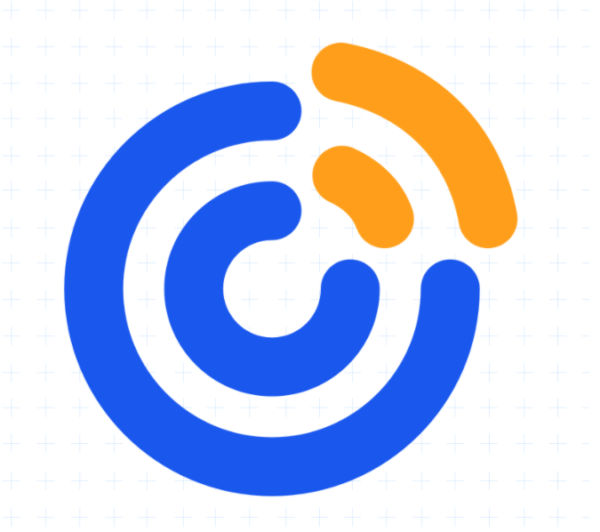CoSchedule is a Social Media Management Software. CoSchedule offers Social Media Monitoring, Posts Scheduling, Multi-User Collaboration, Multi-Account Management, Customer Engagement and many more functionalities.
Some top alternatives to CoSchedule includes Zoho Social, Crowdfire, SocialBee, Asana and HipSocial by 500apps.
No, CoSchedule doesn't provide API.
Yes, CoSchedule provides a mobile app.
CoSchedule is located in Bismarck, North Dakota
CoSchedule offers Free Trial, Subscription, Quotation Based pricing models
Yes, CoSchedule can integrate with ActiveCampaign, Trello, Wrike, Asana and many more.You can find more integration for CoSchedule here
The starting price of CoSchedule is $29/User/Month when Billed Yearly














































